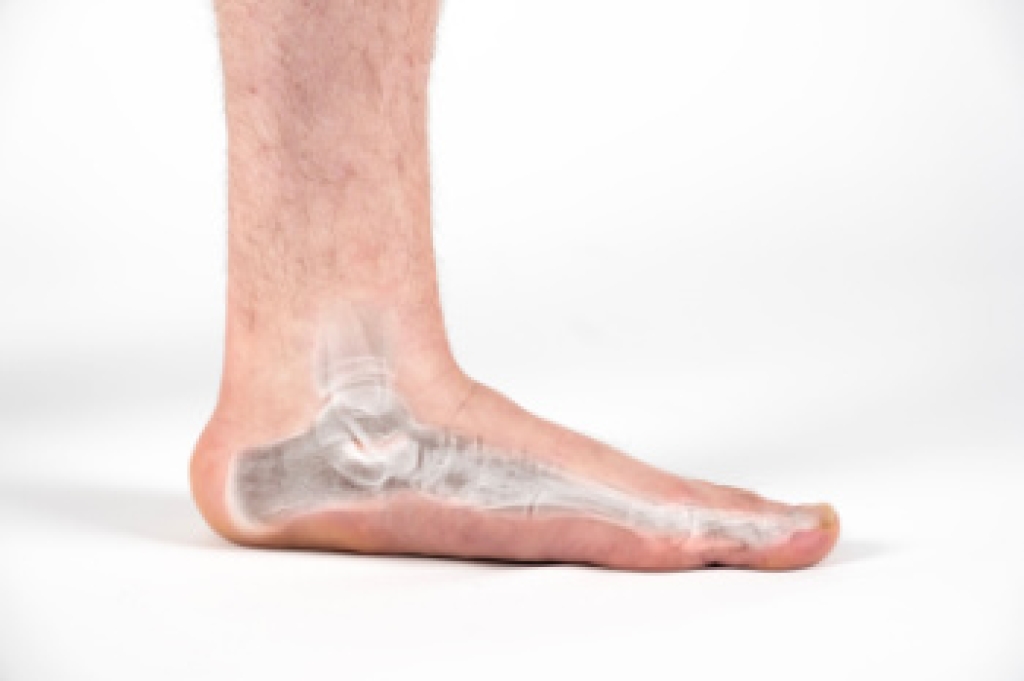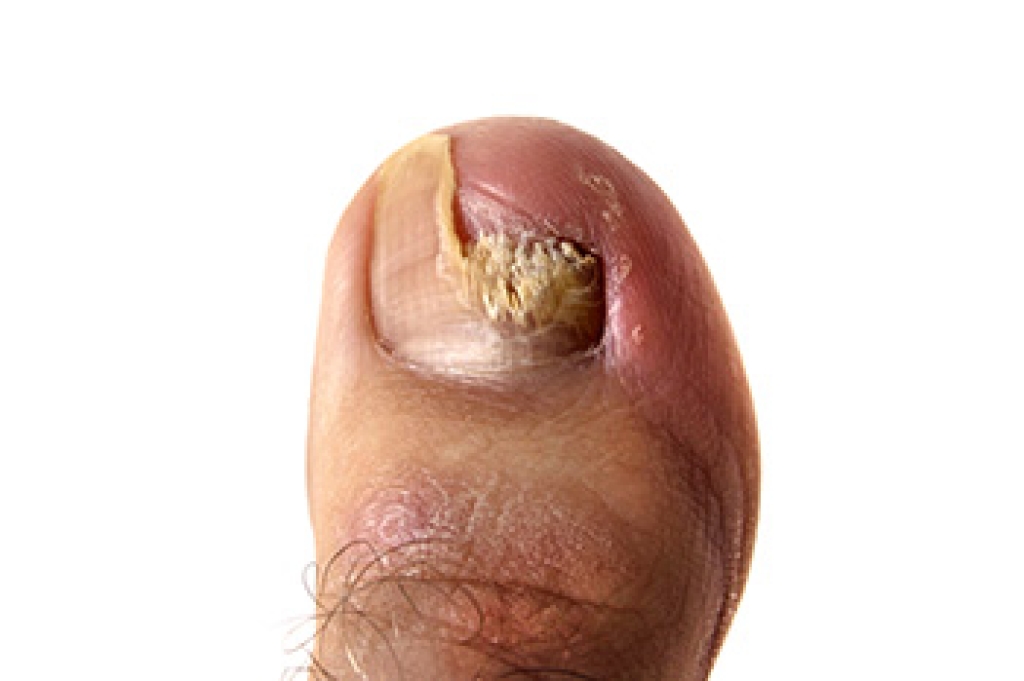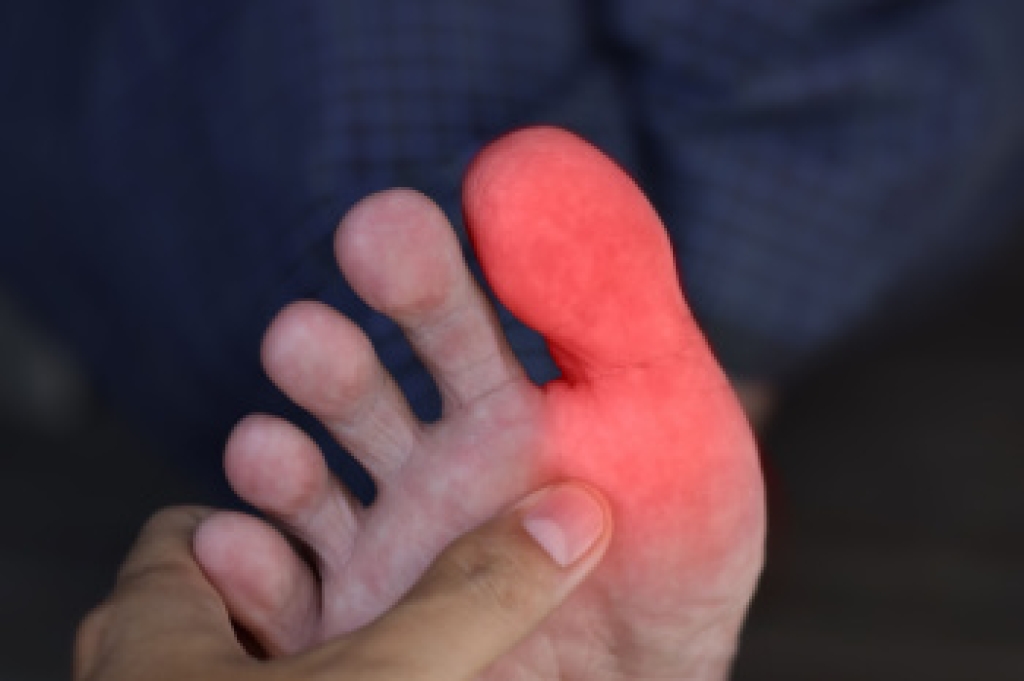
Flat feet occur when the arches sit lower than usual or collapse when standing, causing the entire sole to rest more fully on the ground. Some people are born with this structure, while others develop it over time due to tendon weakness, aging, injury, or extra stress on the feet. Low arches can lead to tired feet, aching ankles, or discomfort that travels into the knees or lower back because the body works harder to stay aligned. Many individuals also notice shoes wearing unevenly or feeling less supportive during long periods of standing or walking. Wearing supportive footwear, gentle strengthening, and early attention to soreness can improve comfort and prevent further strain. If you have persistent fatigue, instability, or pain related to low arches, it is suggested that you schedule an appointment with a podiatrist for a personalized evaluation.
Flatfoot is a condition many people suffer from. If you have flat feet, contact one of our podiatrists from Crystal Lake Foot & Ankle Center. Our doctors will treat your foot and ankle needs.
What Are Flat Feet?
Flatfoot is a condition in which the arch of the foot is depressed and the sole of the foot is almost completely in contact with the ground. About 20-30% of the population generally has flat feet because their arches never formed during growth.
Conditions & Problems:
Having flat feet makes it difficult to run or walk because of the stress placed on the ankles.
Alignment – The general alignment of your legs can be disrupted, because the ankles move inward which can cause major discomfort.
Knees – If you have complications with your knees, flat feet can be a contributor to arthritis in that area.
Symptoms
- Pain around the heel or arch area
- Trouble standing on the tip toe
- Swelling around the inside of the ankle
- Flat look to one or both feet
- Having your shoes feel uneven when worn
Treatment
If you are experiencing pain and stress on the foot you may weaken the posterior tibial tendon, which runs around the inside of the ankle.
If you have any questions, please feel free to contact our office located in Crystal Lake, IL . We offer the newest diagnostic and treatment technologies for all your foot care needs.




